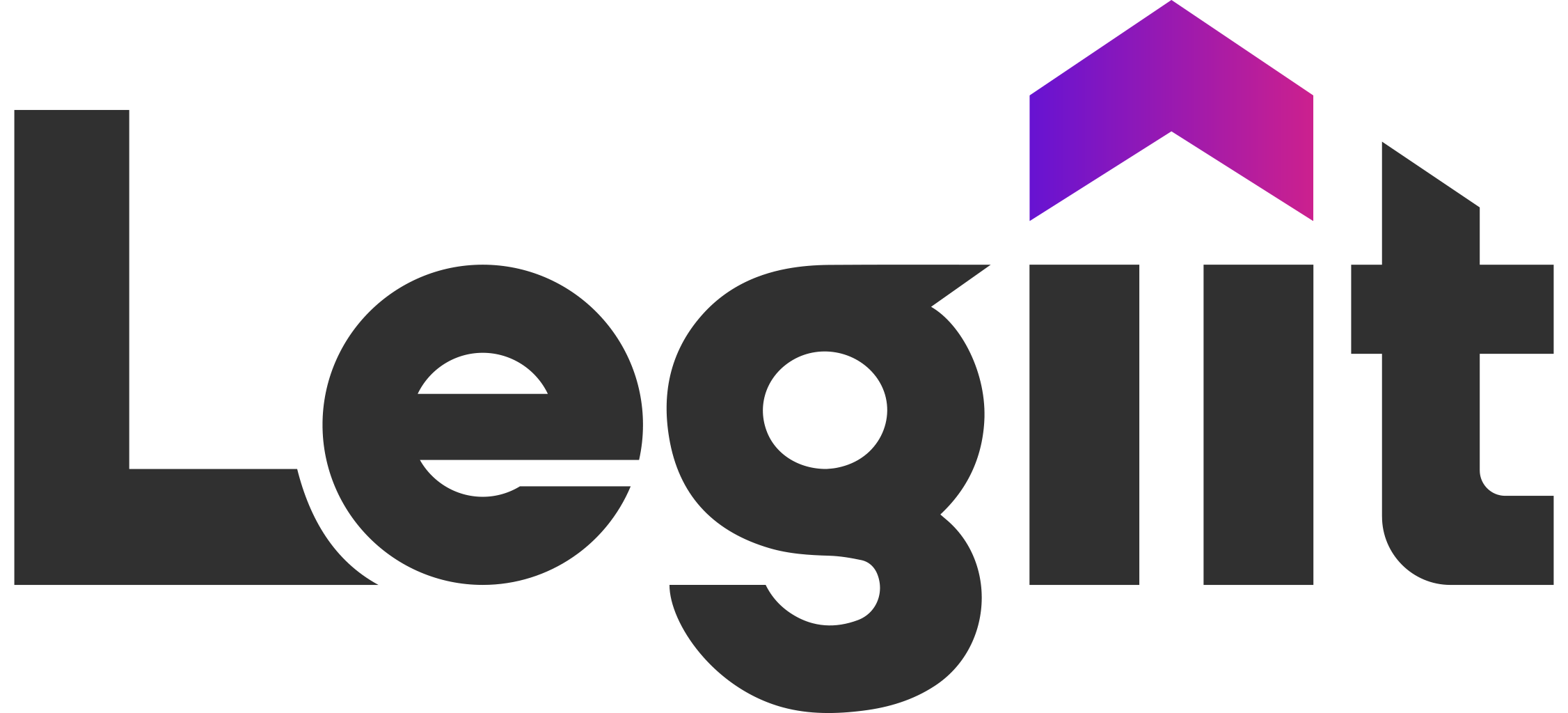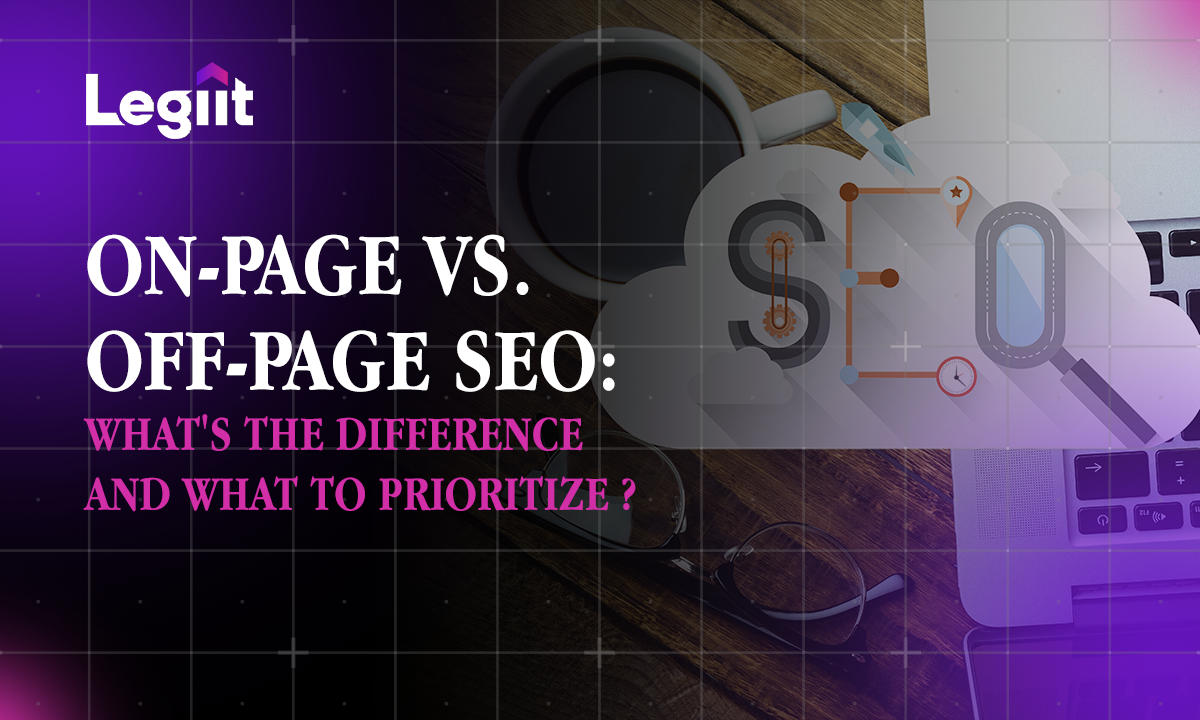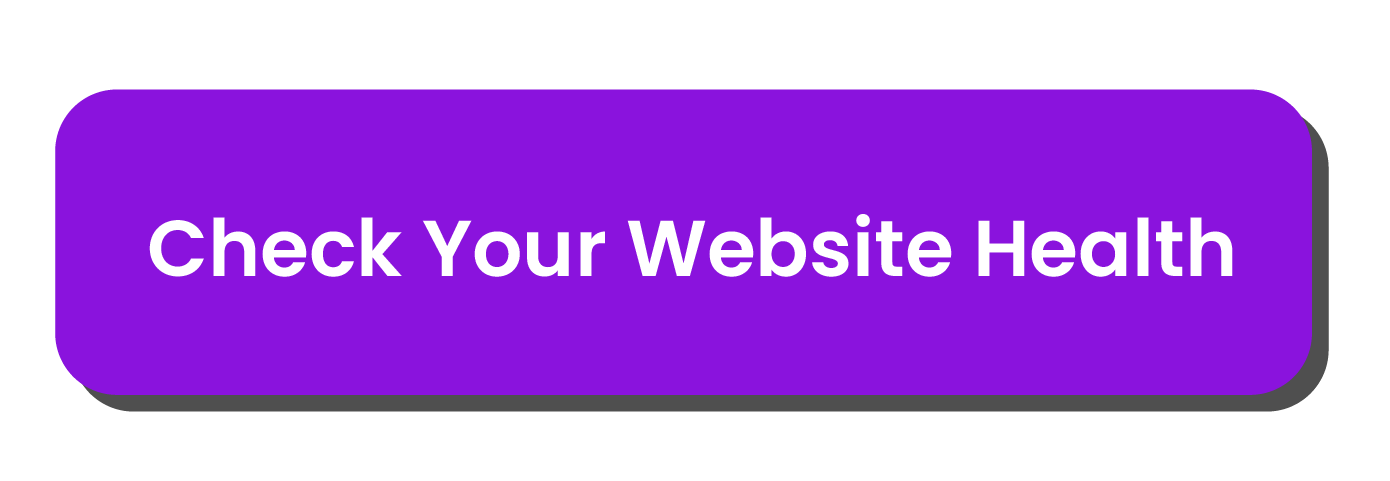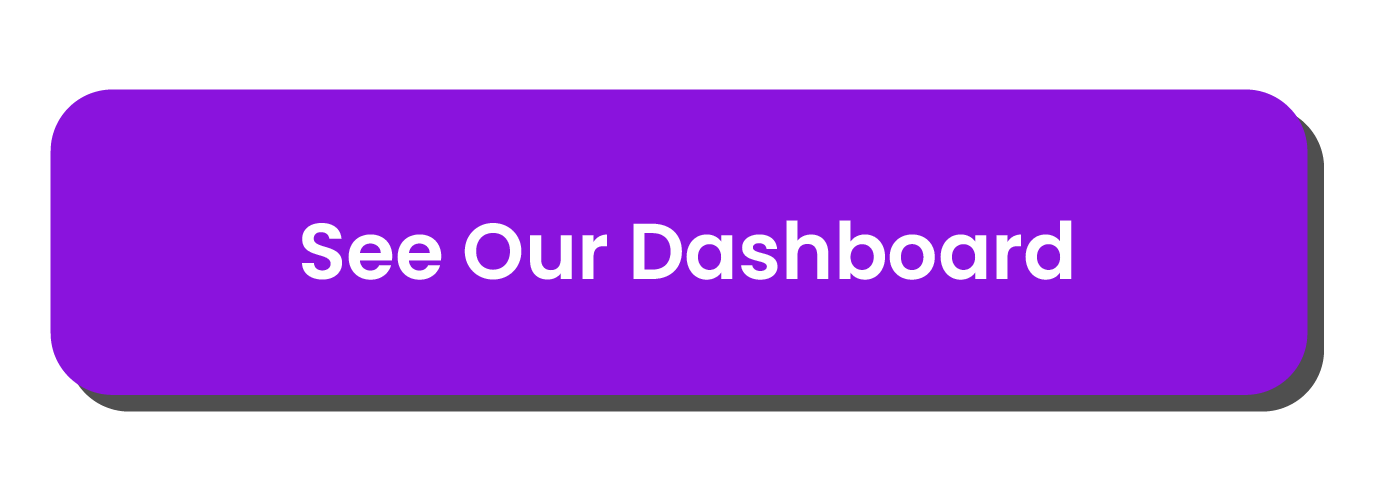On page services and technical SEO services are essential for improving your website’s ranking, with on-page focusing on content and user experience while technical SEO targets site structure and performance. Understanding the difference helps you prioritize efforts between on-page and off-page SEO to boost overall search visibility.
Optimizing Web Pages for Higher Rankings
To rank higher on search engines, you need good on-page SEO. It means fixing parts of your webpage to make it easier to find and use. Here are some important things to check:
- Keyword Research You gotta know which keywords people search for. Use tools like Google Keyword Planner or SEMrush to find long-tail keywords that match your content.
- Meta Descriptions A meta description is a short summary that shows up under your page title in search results. Keep it around 150-160 characters. Add keywords and write something that makes people want to click.
- Title Tags The title tag is the main headline users see in search results. Keep it under 60 characters. Put the main keyword in it and make sure it matches what’s on the page.
- Header Tags Headers (like H1, H2, H3) help organize content. The H1 should have the main keyword and sum up the topic. Use other headers to break info into clear parts.
- Image Optimization Images can slow your site if they aren’t optimized. Name files with descriptive words and add alt text that includes keywords but don’t overdo it.
- URL Structure
URLs should be simple and include keywords related to the page’s topic. Clean URLs help both users and search engines understand your content quickly.
Doing these SEO best practices will help you optimize web pages and rank higher in search engines.
Leveraging On-Page SEO Services
On-page services include different ways to boost your website using tech fixes and better content:
- Content Optimization Make sure all writing matches what users want. Focus on giving helpful info around chosen keywords.
- Website SEO Audit Check your site regularly using tools like Ahrefs or Moz. Look for problems like broken links or missing meta descriptions, then fix them fast.
- Meta Description Optimization Update meta descriptions often to keep them interesting and suited to how people search now.
- URL Structure Optimization Look over your URLs sometimes. Fix any that are confusing or outdated so they stay clear and useful.
- Internal Linking Link pages inside your site smartly. This helps visitors find related info and spreads ranking power across pages.
- Schema Markup
Add schema markup so search engines get extra details about your content. This can show richer results in searches, making your site stand out more.
Focusing on these technical SEO services plus good on-page work puts you ahead against other websites today.
Understanding Technical SEO
Technical SEO means fixing your website’s setup to help search engines like Google crawl and index it well. It’s part of on page services that make sure Google can find and read your site content. You deal with stuff like canonical tags to stop duplicate content problems. You also set up the robots.txt file to tell crawlers which pages to visit or skip. Plus, keeping your sitemap updated helps Google index pages fast.
Good technical SEO also improves user experience (UX). For example, a faster site and easier navigation keep visitors happy. Google’s algorithm likes sites that load quickly and work smoothly. So, without proper technical SEO services, your content might not rank high or get seen much.
Implementing Effective Technical SEO Strategies
You start effective technical SEO with a full technical audit. This finds problems like crawl errors, broken links, or duplicate content that hurt your site’s rankings. Speed optimization matters too. Improving core web vitals, which measure load speed, how fast users can interact, and how stable pages look, helps UX and rankings.
Mobile optimization is key because many people use phones now. A responsive design keeps things running well on all devices. Redirect mapping stops lost link juice caused by bad redirects or long redirect chains. JavaScript optimization helps dynamic parts load fast without blocking crawlers.
All these tactics support website SEO by fixing hidden backend issues important for search engines but not always visible to users.
Common technical SEO issues: slow site speed
Slow site speed is one of the most common technical SEO problems. Pages that take too long to load annoy visitors and cause them to leave quickly, a bad sign for search engines.
Other frequent problems include:
- Crawl errors that block bots from reaching pages
- Duplicate content that confuses which page should rank
- Broken links that reduce user trust and link power
- Improper redirects that drop ranking strength
- Redirect chains that slow down page loading
Fixing these quickly boosts usability and organic rankings a lot.
Methods to identify technical SEO issues:
You find technical SEO problems using careful checks with various tools:
- An SEO audit checklist covers all key points step-by-step
- Popular SEO tools like Screaming Frog or SEMrush spot crawl errors, broken links, duplicates
- Competitor analysis shows where your site falls behind top rivals
- Google Search Console gives real-time info about indexing and crawling troubles
- Watching overall website performance, including speed tests from PageSpeed Insights or Lighthouse, shows how fast your pages load
Doing these checks regularly helps spot hidden problems before they hurt traffic or user experience.
Implementation services for technical SEO recommendations:
After you find issues from audits, pro implementation services fix them right without breaking stuff already working. These services include:
- Web page optimization focusing on clean code, smaller images, better metadata
- Website architecture optimization improving internal links so crawlers move easily through the site
- Ongoing monitoring after fixes keeps your site aligned with changing Google algorithm rules
Spending on expert technical seo services turns advice into real improvements in organic traffic and higher chances of getting more customers.
Differentiating On-Page and Off-Page SEO
Exploring the Distinction
On-page SEO works by fixing things inside your website. This includes on page services like adding good content, placing keywords right, setting meta tags, and making your site easier to use. Then, there are technical SEO services that help search engines find and read your site better. Things like speeding up your site, making it mobile-friendly, and cleaning up URLs fit here.
On the other hand, off-page SEO means stuff you do outside your website. The main part is backlinking or link building, getting other trusted sites to link to yours. These links tell search engines your site is reliable. Other external SEO factors include things like social media shares and reviews.
Both on-page optimization and off-page efforts matter a lot. On-page controls how well your site works and looks. Off-page builds your site's reputation by making connections with other sites.
Prioritizing Your SEO Efforts
If you want better website SEO and higher search engine ranking, start by fixing your site’s basics with on-page tweaks and a solid technical checkup. Use pro tools for keyword research, run a competitive analysis, and spot technical problems that slow you down.
Here’s what to focus on:
- A clear keyword strategy using the right terms
- Regular technical audits to fix errors that block search engines
- Quality content marketing that keeps visitors interested
- Smart off-page moves like gaining high-quality backlinks
This way, you get more relevant traffic while making your site user-friendly. Both are important for Google’s ranking.
If you only chase backlinks but ignore onsite fixes, growth will stall. And if you just fix internal stuff without building links, you miss out on outside trust.
Put these steps into a full digital marketing plan aimed at better visibility and improved conversion rates through smart landing pages and calls-to-action (CTAs).
By mixing expert-level technical fixes with strategic link building, you set your website up to rank higher long-term with targeted visitors who actually convert well.
On-Page SEO Elements Explained

On-page SEO means fixing parts of your own website to get better search rankings and make it easier for visitors. Some key on page services are:
- Title Tags: They show the page title in search results. Keep them short, use keywords, and describe the page well.
- Meta Descriptions: These are little summaries under titles in searches. Good meta description optimization helps more people click your link.
- Header Tags (H1, H2, H3): They break your content into sections. Optimizing headings makes reading easier and helps search engines understand your page layout.
- Image Optimization: Use clear file names and alt text for images. Also, compress images so pages load fast.
- URL Structure: Use clean URLs with words that relate to the page content. This helps users and search engines.
- Schema Markup: This is special code that tells search engines what your content means. It can create rich snippets like ratings or FAQs in results.
- Canonical Tags: These stop duplicate content problems by pointing to the main version of similar pages.
Fixing these things makes your site clearer for both people and search bots. That improves how visible you are online and keeps visitors interested.
Addressing Common Concerns
It’s helpful to know the difference between on-page and off-page SEO.
- On-page SEO: deals with stuff you control on your site, like content, tags, or how pages are set up.
- Off-page SEO: is about things outside your site, like links from other sites or social media buzz.
Both matter a lot. Still, experts say start with solid on-page work first. This sets a good base before you build links or off-site trust. That way, your site matches what people want while gaining credibility.
FAQs About the Difference Between On-Page and Off-Page SEO
What’s the difference between on page services and off-page SEO factors?
On-page services fix inside elements like title tags or URLs so search engines read your site better. Off-page SEO focuses on things like getting backlinks from other websites that raise your domain authority.
Can I just do off-page strategies without good on-site work?
Nope. Without good onsite basics like meta descriptions or headings, off-page efforts don’t work well because search engines can’t tell if your site really fits users’ needs.
How do these two types of SEO work together?
They work hand in hand: on-page fixes make sure content matches user intent while off-page methods build trust through outside signals.
FAQs About Investing in On-Page SEO Services
Why should I invest in professional on page services?
Experts handle natural keyword use that feels right and targets real visitors. They update metadata smartly and keep content fresh—helping boost rank steadily over time.
How does investing here improve conversion rates?
Better UX with quick load times, clear navigation using internal links, plus headlines that match what visitors want all lead to more clicks and sales.
Do regular updates really change my site’s performance?
Yes! Search engines like fresh info combined with keeping technical bits like canonical tags or schema markup up to date. That helps keep your authority strong.
FAQs About the Benefits of Technical SEO Services
What exactly are technical seo services?
They include audits checking crawlability (so bots reach all pages), indexing (pages listed right), mobile-friendly design, faster loading using caching, plus fixing broken links or redirect loops.
Why do I need a technical seo audit?
It finds hidden issues hurting Google Core Web Vitals scores like slow loading or layout shifts. Fixing those helps rank higher because site works better overall.
How does SSL certificate help with technical seo?
SSL sets up HTTPS which secures data transfers. Google sees that as a trust factor affecting ranking signals indirectly but importantly.
Are structured data & XML sitemaps part of technical seo too?
Definitely, they let crawlers grasp complex info better so they show rich snippets. Sitemaps guide bots so they don’t miss pages during indexing.
Putting effort into both strong on page services and solid technical seo gives you a sturdy base for steady organic growth, improving how visible you are while keeping users happy across devices.
Legiit's Approach to Comprehensive SEO
Tailored SEO Strategies
Every SEO plan should fit your business goals. We start by doing keyword research and competitive analysis. This helps find the best search terms for your market. A solid keyword strategy makes sure your content hits the right phrases that bring good visitors.
Technical SEO audits spot problems that slow down your site or block search engines from crawling it. Fixing these issues helps your site run better and rank higher. On-page SEO improvements include tweaking meta tags, headers, internal links, and making content match what users want.
Off-page SEO works alongside this by building strong backlinks through honest outreach and digital marketing plans like content marketing. Using professional SEO services on both on-page and off-page parts creates a well-rounded approach that grows your visibility.
This method connects all parts of your online presence, from clean code to helpful content, giving you steady growth instead of quick fixes.
- Keyword research and competitive analysis
- Keyword strategy to target valuable phrases
- Technical SEO audits for site health
- On-page SEO: meta tags, headers, links, content
- Off-page SEO: backlinks and digital marketing
- Professional services combine all efforts
Delivering Measurable Results
Watching progress shows if SEO is working. Detailed SEO reporting shares how rankings rise, organic traffic grows, and user actions change (like bounce rates).
Improving website traffic means getting more visitors who actually buy or sign up. Conversion rate optimization (CRO) uses testing to fix landing pages and calls-to-action. This helps turn visitors into customers better.
Good user experience (UX) matters too. Google favors sites that load fast, are easy to use, and look good on phones. Case studies show how certain strategies raised rankings by half or doubled organic visits in months.
Testimonials tell real stories from clients who used expert technical seo services with on page services. They prove clear returns with open analytics reports.
By focusing on data and tweaking regularly, this approach delivers clear results that match client goals and can shift as search engines change.
- SEO reporting for ranking and traffic insights
- Organic traffic growth tracking
- Conversion rate optimization (CRO) testing
- User experience (UX): fast, simple, mobile-friendly
- Case studies showing big improvements
- Client testimonials with real success stories
Conclusion
Knowing the difference between on-page services and technical SEO services helps your website rank better and get more visitors. On-page optimization works on single pages. It improves content quality, uses keywords right, adds meta tags, and makes the site easy to use. Technical SEO services fix things like crawlability, indexing, site speed optimization, and mobile friendliness. These make it easier for search engines to find and rank your site.
A good SEO plan needs both parts. On-page efforts make your pages relevant and interesting for visitors. Technical fixes keep your site healthy in the eyes of search engines. You want a strategy that covers everything. That way, you get the most from your website SEO.
If you want help with this, Legiit offers professional SEO services that work well. They provide clear advice and useful tips that follow SEO best practices. Legiit’s team focuses on natural keyword use and aims to boost website traffic improvement for many kinds of businesses. Give their services a look if you want solid results without complicated jargon.
FAQs
What role does site speed optimization play in technical SEO services?
Site speed optimization reduces page load times. Faster pages improve user experience and help boost rankings on SERPs.
How does local SEO integrate with on-page services?
Local SEO targets specific areas. It uses location keywords, Google My Business, and local citations to improve search visibility nearby.
What is the importance of indexing in website SEO audit?
Indexing ensures search engines include your pages in their databases. Proper indexing improves organic traffic by making pages discoverable.
How often should I perform a technical SEO audit?
Regular audits, at least quarterly, catch issues early. Frequent checks keep your site aligned with Google algorithm updates.
Can improving website architecture impact search engine rankings?
Yes. Clear website architecture helps crawlers index your site better and improves navigation for users, boosting rankings.
Why is keyword density important in on-page SEO optimization?
Keyword density guides how often you use keywords naturally. Balanced use prevents penalties and improves content relevance.
What is the benefit of using canonical URLs in technical SEO?
Canonical URLs prevent duplicate content issues by telling search engines the preferred page version to index.
How does schema markup improve SERP features?
Schema adds structured data that enables rich snippets like ratings or FAQs. This makes listings more engaging on SERPs.
What tools help track SEO metrics effectively?
Google Analytics, Google Search Console, SEMrush, and Ahrefs provide insights on traffic, rankings, and crawl errors.
Key Points for a Comprehensive SEO Strategy
- Conduct competitor analysis to identify keyword opportunities and backlink profiles.
- Use an SEO audit checklist to ensure all critical factors like crawlability and mobile usability are checked.
- Optimize metadata with concise meta description optimization and meta tags optimization for better CTR.
- Implement URL structure optimization with SEO-friendly URLs that reflect content hierarchy clearly.
- Improve page load speed by image compression, caching techniques, and reducing redirect chains.
- Enhance mobile optimization through responsive design supporting mobile-first indexing by search engines.
- Use XML sitemap and sitemap optimization to guide crawlers efficiently through your website’s pages.
- Fix crawl errors, 404 error resolution, broken links, and duplicate content to maintain SEO compliance.
- Monitor core web vitals regularly to maintain high scores in loading speed, interactivity, and visual stability.
- Apply SSL certificate for HTTPS security ensuring user trust and meeting Google’s security preferences.
- Utilize internal linking wisely to distribute page authority across important web pages within the site structure.
- Maintain regular updates with fresh content briefs and content management system (CMS) improvements for relevance.
- Focus on conversion rate optimization by optimizing UX design including navigation simplicity and CTA clarity.
- Track performance using detailed SEO reporting for continuous improvement of organic search results.
These steps maximize your digital marketing strategy’s effectiveness while boosting organic traffic and enhancing domain authority sustainably.















 Download
Download